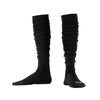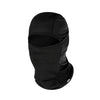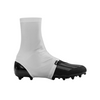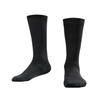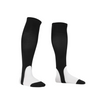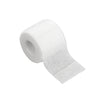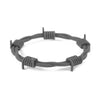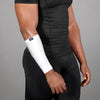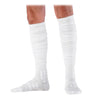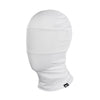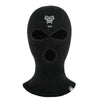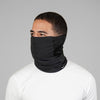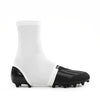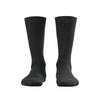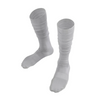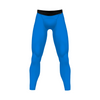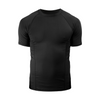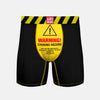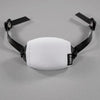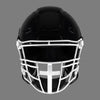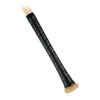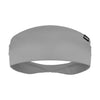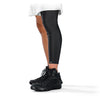Keeping Kids Safe as Sports Open Up Again
Sports are an integral part of growing up. Beyond the physical benefits of youth sports, including improved strength, better hand-eye coordination, and cardiovascular health, playing team sports helps kids learn to cooperate, to compete fairly, and to feel great about success and to deal with defeat. Kids can make wonderful friendships on sports teams and create lifelong memories.
But despite all those many benefits of youth sports, safety always comes first, and with the COVID-19 pandemic still raging, sports that bring groups of people together – both the young athletes, coaches and referees, and parents and families spectating – can be risky if not handled properly. For youngsters who are starting to play youth sports again, all practices and games must start with planning for how to keep kids safe playing sports during the pandemic.
First and foremost, youth athletes should not share equipment that has not been fully sterilized, and better yet each sportsman or sportswoman should have their own gear and apparel. When needed, shared gear should be wiped down with disinfectant or even sterilized with UV light. Children should also be masked at all times when playing sports and should have spare masks on hand in case one is sweated through or damaged.
Parents and coaches also have to teach and reinforce the importance of social distancing. While in the outfield, a baseball player is not at much risk of spreading or contracting a virus, but there must be distance on the bench, in the dugouts, and in all other spaces. And while some sports, like baseball, do lend themselves to relatively easy social distancing, others, like football or soccer, necessitate closer contact. For these, masking is all the more important. (And some sports, such as wrestling or martial arts, might unfortunately need to be put on hold.)
There is another issue when it comes to safety in youth sports during the pandemic that many parents may not have considered, and that is the heightened risk of physical injury athletes face after many months away from sports.
When athletes – of any age and skill level – have not had the chance to play and practice their sport for many months, they will usually have regressed in strength and proficiency. By trying to play just as hard as they did before the forced time away, they may put themselves at heightened risk for injuries that would not have been such a cause for concern before. Coaches should put special emphasis on practice and strength and endurance training and should be sure not to push kids too hard in the early days of returning to sports after the COVID-19 hiatus.
And of course all people involved in youth sports during the pandemic, from players to parents to refs to coaches, must be absolutely committed to keeping others safe by immediately removing themselves if they start to feel or display potential coronavirus symptoms or have been exposed to anyone who is confirmed as sick or might have been. Testing and a 14 day quarantine are critical if any exposure is confirmed or likely.
With these safety precautions in place, youth sports can proceed during the ongoing COVID-19 pandemic, and hopefully soon enough the games will go on as usual.

